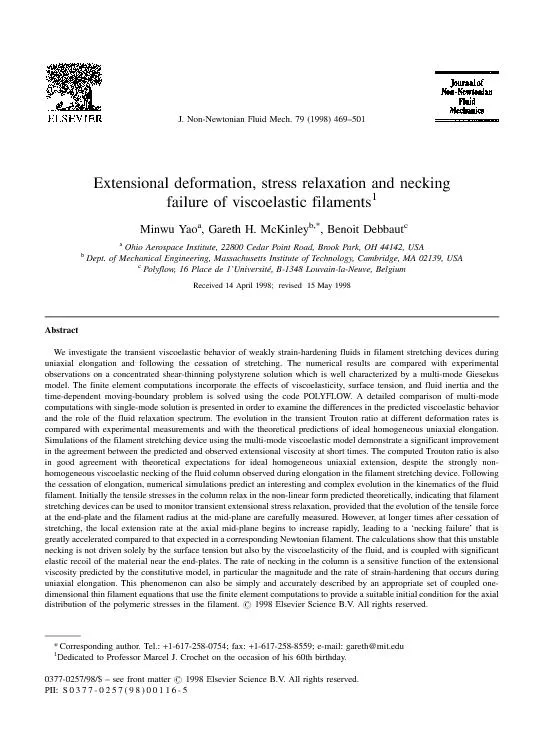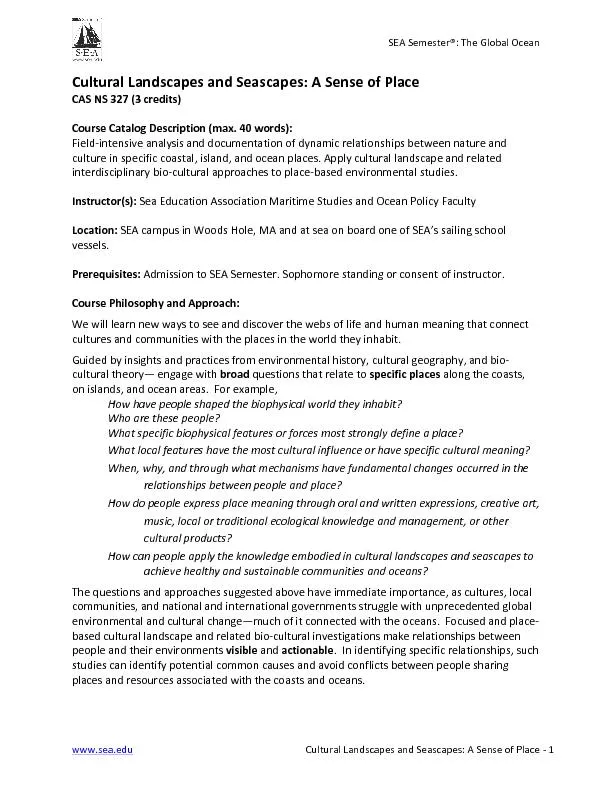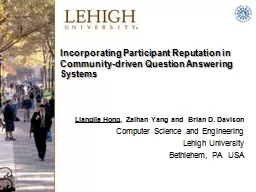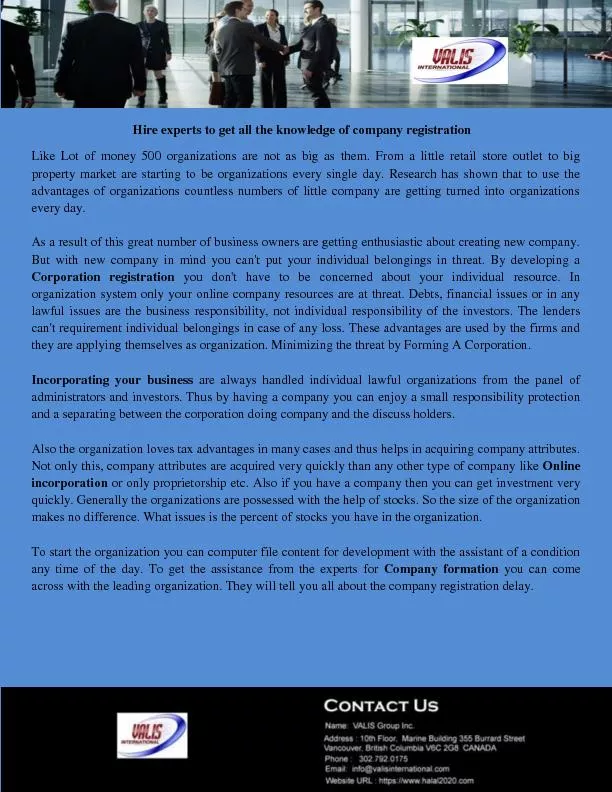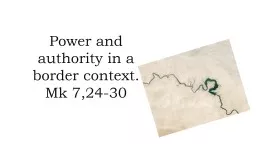PDF-HC 258[Incorporating HC 981, Session 201314]by authority of the House
Author : pamella-moone | Published Date : 2016-02-27
schools FourthReport of Session 2014Report together with formal minutes relating to the reportOrdered by the House of Commons to be printed 21 January 2015 27 January
Presentation Embed Code
Download Presentation
Download Presentation The PPT/PDF document "HC 258[Incorporating HC 981, Session 201..." is the property of its rightful owner. Permission is granted to download and print the materials on this website for personal, non-commercial use only, and to display it on your personal computer provided you do not modify the materials and that you retain all copyright notices contained in the materials. By downloading content from our website, you accept the terms of this agreement.
HC 258[Incorporating HC 981, Session 201314]by authority of the House: Transcript
Download Rules Of Document
"HC 258[Incorporating HC 981, Session 201314]by authority of the House"The content belongs to its owner. You may download and print it for personal use, without modification, and keep all copyright notices. By downloading, you agree to these terms.
Related Documents

![PDF-HC 258[Incorporating HC 981, Session 201314]by authority of the House](https://thumbs.docslides.com/234064/hc-258-incorporating-hc-981-session-201314-by-authority-of.jpg)

